
The Panic of 1907
Lessons Learned from the Market's Perfect Storm
Read or listen offline
Recommendation
If you compare the 1907 crisis that struck U.S. and European financial institutions with 2008’s economic emergencies, you will discover striking similarities. (In fact, the uncanny parallels have made this fascinating book a bestseller.) Strong interconnectivity between financial firms meant that trouble at one migrated to others. Both crises involved serious credit and liquidity concerns. Both provoked populist attacks against Wall Street. In part, the trusts hit trouble in 1907 because of insufficient regulation. The 1907 crisis started on Wall Street, and quickly jumped to European institutions. In 2008, the trajectory was even more global. Of course, marked differences also separate these episodes. In 1907, fabled financier J.P. Morgan exercised remarkable leadership to end the crisis, and to reassure depositors and investors that their savings and equity holdings were secure. Morgan calmed the waters so the panic would not spread. “This is the place to stop this trouble,” he said of the Trust Company of America. Robert F. Bruner and Sean D. Carr explain why the 1907 panic occurred and use it as a valuable case study for understanding other monetary crises. getAbstract is confident that history lovers, businesspeople, financial executives and anyone who enjoys a well-told, real-life drama will love this book.
Take-Aways
About the Authors
Robert F. Bruner, a dean and professor of business at the University of Virginia, has written more than 400 business case studies, and other books. Former journalist Sean D. Carr directs corporate innovation programs at the University of Virginia’s Batten Institute.








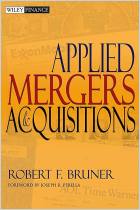

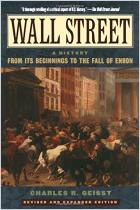
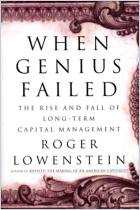
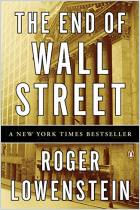
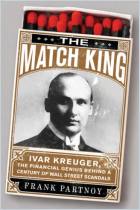



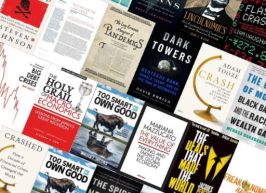


Comment on this summary or Начать обсуждение